This time, the era of Eastern narratives is about to arrive!
Written by: Shouyi, Core Contributor of Biteye
Edited by: Crush, Core Contributor of Biteye
On November 3, 2024, as BTC failed to break its previous high and fell to $68,000, crypto risk-averse sentiment rose, and BTC's market share reached 60%.
What feels more despairing than the bloodbath of altcoins is the question: will this industry be okay? The continuously declining VC coins, the MEME coins battling on-chain, the criticized centralized exchanges, the less-than-expected interest rate cuts, and the upcoming answers from the U.S. elections… A cloud of confusion and uncertainty looms over every crypto player.
"The further back you can look into history, the further forward you can see into the future." Let us try to return to the last moment of confusion and uncertainty, to seek clues or to find solutions, and to cook a bowl of soup named "WAGMI."
We All Gonna Make It, we will ultimately win✌️
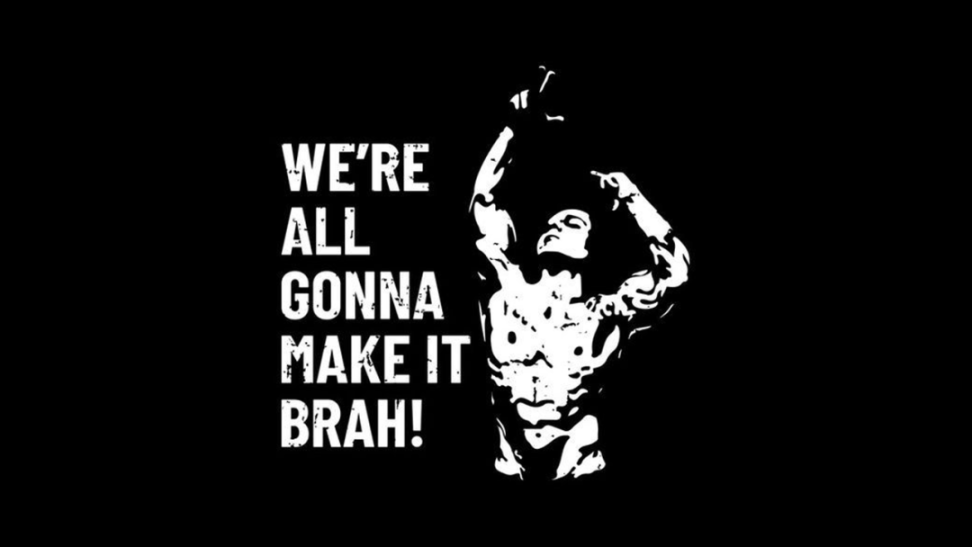
01 The Anxious and Confused Western Time
Are you regretting missing out on the hundredfold or thousandfold AI meme tokens? Staring at $GOAT, $GNON, and $SLOP for half a day without understanding what happened? Are you lost in thought looking at the contracts for $NEIRO on Binance and the spot for $neiro, trying to quickly find the CTO (Community Take Over) and those similar thematic tokens to buy?
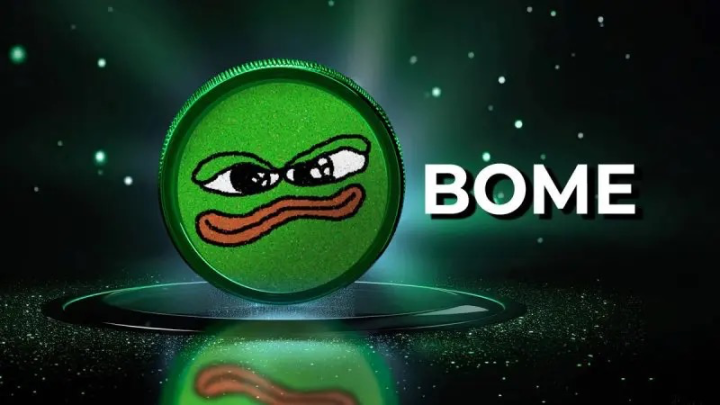
Looking back six months, $BOME, $SLERF, and the $FIGHT token that emerged around the Trump shooting incident, as well as the $TERMINUS and $MARS tokens related to Musk's Mars City concept, explaining the narratives behind these tokens is no easy task. Not to mention that @pumpdotfun has issued over 2 million meme tokens this year (data source: Cryptohunt.ai).
Relax, this kind of anxiety-inducing "chaotic moment" is characteristic of "Western time." As early as 2023, PEPE burst onto the scene and surpassed a market cap of $1 billion within three weeks. Tokens created by Western players with the characteristics of "novel narratives + large capital manipulation + rapid listings + continuous development" have emerged one after another, but the final development (takeover) phase was handed over to Eastern players.
"When will we see narratives led by Eastern players, working together to manipulate the market and let the foreigners take over?" After experiencing the anxious and confused Western time, users are eagerly longing to enter a time that belongs to the East.
02 East Rising, West Falling 1.0: Carving Things on Stones to Sell to Western Players
"Only Eastern players like to carve things on stones." Zhu Su, founder of Three Arrows Capital, who ended a four-month imprisonment, made this comment about inscription minting during a Space.
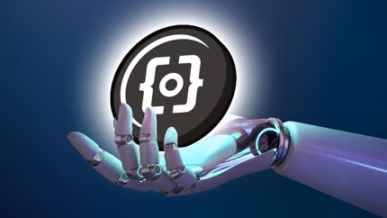
At that time, the gas fees on BTC were continuously driven up by the wealth effect of $ORDI, and people (more so Asian players) were crazily minting various four-character BRC20 tokens, claiming that this would become the universal token protocol for the next bull market: it was time to migrate applications from Ethereum to Bitcoin!
A novel narrative emerged once again, followed by capital manipulation, rapid listings, and continuous development.
During this period, BTC public chains such as @MerlinLayer2, @BSquaredNetwork, and @BitlayerLabs announced financing successively, while @babylonlabs_io, @SolvProtocol, and @IgnitionFBTC brought staking and more gameplay to the BTC ecosystem.
On September 24, 2023, the minting progress of the ninth inscription $SATS successfully reached 100%, with a total of 21,107,258 mints and 36,061 holders.
On October 10, 2023, UniSat officially announced that BRC20-swap would go live on the 25th, stating that $SATS would be used as the transaction fee, causing $SATS to surge tenfold.
On November 7, 2023, Binance announced the listing of $ORDI, which was seen as an important move for Binance to enter the BTC ecosystem. At that time, OKX had already listed $ORDI in May and achieved rapid growth of its Web3 wallet through inscriptions.
Although Coinbase listed $ORDI in April 2024, considering Binance's influence on both Eastern and Western users, its listing of $ORDI can be seen as entering the "continuous development" phase, but this time, the baton was passed to Western users.
03 Entrepreneurship Not Yet Halfway, First Need to Debate with BTC OG
From the listing of $ORDI on Binance in November to its listing on Coinbase in April of the following year, the development of the BTC ecosystem was not a smooth process, with major events including:
1. BTC OG: Inscriptions are an Attack on the Bitcoin Network
On December 6, Bitcoin core developer Luke Dashjr stated on X that "Inscriptions" are exploiting a vulnerability in the Bitcoin Core client to send junk information to the blockchain.
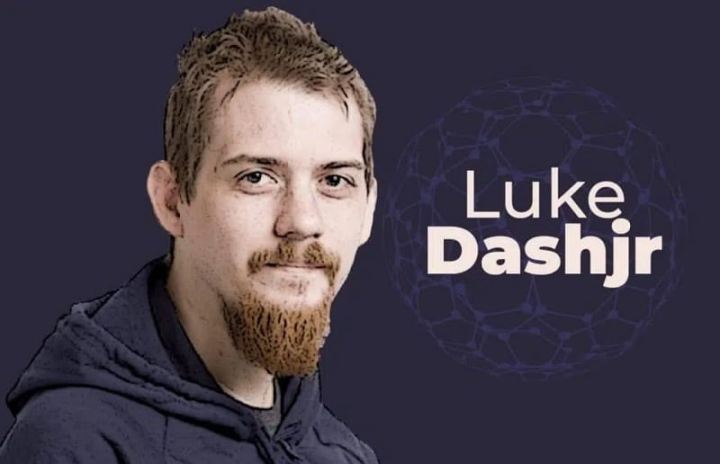
Subsequently, the U.S. National Vulnerability Database (NVD) marked Bitcoin inscriptions as a cybersecurity risk on December 9, calling for attention to the security vulnerabilities developed by the Ordinals Protocol in 2022.
2. Amidst the Dispute, Runes are Born
As the debate with BTC OG continued, inscriptions fell into the predicament of possibly disappearing with client updates. Discussions around the inscription fork became a new hot topic, during which assets like BRC100 and ARC20 performed well.
In the midst of the debate, Bitcoin Ordinals founder Casey released the highly anticipated Runes document in March, which allows Bitcoin transactions to etch, mint, and transfer Bitcoin-native digital goods. Casey confidently stated that if the market cap of Runes did not exceed $1 billion, he would "live-stream his seppuku."
3. The Continuous Decline of $MERL and Delays in Other Projects' Token Releases
On April 19, 2024, $MERL was listed on OKX, after which it began a continuous decline. By November, $MERL had dropped from a high of $1.74 to $0.25, with a market cap still exceeding $500 million. The decline of $MERL raised doubts about the profit-making effect in the BTC ecosystem, and several subsequent BTC ecosystem projects fell into the awkward situation of "delayed token releases."
The release of $MERL can be seen as the end of Eastern time. Prior to this, $ORDI had reached an ATH of $96 in March, and although $SATS fell after being listed on Binance in December 2023, it rebounded close to its historical high in March. Everything returned to calm in April, and thereafter, inscriptions no longer stirred waves, while the market moved out of the less than six-month-long Eastern time and headed towards meme narratives on SOL, entering Western time.
Looking back at the first East Rising, West Falling, the decline of inscriptions had long been foreshadowed.
The narrative of inscriptions, to some extent, rode on the narrative express of "BTC ETF approval" and "ETH's lack of innovation." People discovered the interesting aspects of BTC during their boredom, and the "no reservation, no VC, can be minted" nature of inscriptions catered to the market's aversion to VC coins.
In this process, the support from Unisat and OKX in infrastructure was also indispensable, allowing users to experience batch minting of inscriptions on the front end and participate in the rush for popular NFT projects.
However, the wealth effect of inscriptions was based on the scarcity of liquidity. Once inscriptions were listed on exchanges, they somewhat lost the halo of BTC ecosystem attributes and became common tokens in the secondary market. As time went on, the slow updates in infrastructure made users realize that the BTC ecosystem was merely "old wine in new bottles," and the decline of tokens accelerated the end of the narrative.
04 A Calculated Move: The Public Chain Fractal Bitcoin Crafted by Unisat
Fractal Bitcoin is a Bitcoin expansion solution created by the well-known Bitcoin wallet team—Unisat.
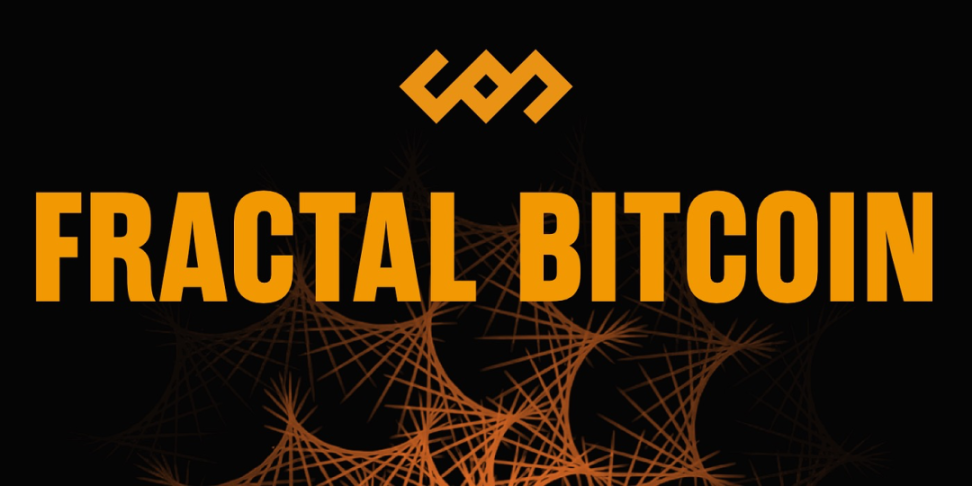
According to official documentation, Fractal Bitcoin improves transaction processing capacity and speed by recursively creating infinitely expandable layers on the BTC main chain using BTC core code, while maintaining full compatibility with the existing Bitcoin ecosystem, featuring fast transaction speeds, native compatibility, and dynamic adjustments.
A Brand New BTC Public Chain
In the first Eastern time, the life and death of inscriptions were controlled by a few BTC core developers. Unisat clearly realized that building on such uncertain events was all a bubble, choosing to create a brand new BTC public chain, which not only allows them to take control of their fate but also reduces the high fees on the BTC mainnet.
Fractal Bitcoin is developed based on BTC core code, fully compatible with existing Bitcoin wallets, tools, and mining equipment, and has shown good performance in network capacity and transaction traceability after going live.
Cadence Mining
Fractal adopts the same PoW mechanism as Bitcoin, allowing BTC miners to seamlessly transition to Fractal mining with existing hardware. Through the Cadence Mining mechanism, which combines permissionless mining and joint mining, 2 out of every 3 blocks are generated through permissionless mining, while 1 is generated through joint mining. Permissionless mining allows anyone to participate, while joint mining enables BTC miners to mine two types of blocks simultaneously without additional computational power.
Currently, Fractal's joint mining has a hash rate of 352.278 EH/s, while Bitcoin's hash rate is approximately 570.96 EH/s, accounting for 61.9%. This means that Fractal maintains network security by providing miners with a certain amount of $FB daily.
Supporting Innovative Assets and Protocols
1. CAT20 Protocol
CAT20 is one of the earlier protocols to appear on the Fractal network. According to the official documentation from @ProtocolCAT (https://catprotocol.org/), the CAT Protocol is a new type of Bitcoin token protocol based on UTXO, fully known as Covenant Attested Token (CAT). This protocol is verified by miners and uses smart contracts to manage token minting and transfers. It has the following features:
- No Indexer Required: The ruleset for the tokens is guaranteed by Bitcoin consensus, inheriting BTC's security. Its data and logic reside on-chain and do not rely on any off-chain third parties (such as indexers) to operate.
- Modular: CAT tokens can be used in other smart contracts to build more complex decentralized applications (e.g., AMM, lending, staking, etc.).
- Programmable Minting: Token minting rules are executed by smart contracts, avoiding over-minting.
- Cross-Chain Interoperability: The CAT protocol allows for multi-chain assets, enabling decentralized applications to operate across chains.
- SPV Compatible: CAT tokens support Simplified Payment Verification (SPV). Lightweight clients, such as mobile devices, can independently verify the authenticity of tokens without trusting a central server.
The CAT protocol supports both fungible tokens (referred to as the CAT20 standard) and non-fungible tokens (referred to as the CAT721 standard). Currently:
The first CAT20 token saw gas fees soar from 150 sats/vB to 5000 sats/vB during the minting process, with a single CAT20 (5 tokens make one) reaching a high of 10U, now falling back to 3.5U.
The first CAT721 NFT has a total of 10,000, with 1,500 allocated for a lottery for OKX wallet users and 8,500 available for users who stake 100 CAT20 tokens in their wallets.
Unisat has shown strong support for CAT20, launching a query page during the CAT20 minting period and providing support for CAT20 assets in its current website and wallet.
2. PizzaSwap
PizzaSwap, previously known as Fractal Swap created by Unisat, is a key product in the first Eastern time Unisat roadmap.
PizzaSwap currently has no token. In May of this year, Unisat airdropped the five-character Brc20 $PIZZA to ecosystem users, consistently positioning it as a giveaway. However, this name has led users to speculate that it might be the governance token for PizzaSwap, causing its price to rise to 6U in September before its launch, now falling back to around 2U.
On October 27, Unisat announced on its official Twitter that PizzaSwap would launch LPfest on November 6, allowing users to earn trading fees and $FB rewards by adding liquidity to PizzaSwap.
Circulation Control of $FB
As the gas token for Fractal, the price of $FB has dropped from a high of 38U at launch to around 5U, with a current circulating market cap of only 25M, even less than the market cap of most ephemeral inscriptions last year. There are many reasons behind this, generally closely related to the current circulation situation of $FB.
The airdrop share of $FB is not large, and the main output method is through miners' joint mining, which has led some users to complain about daily selling pressure; on the other hand, due to the low circulation ratio of $FB, it does not meet the listing requirements of some exchanges to a certain extent, resulting in fewer channels for users to obtain $FB; finally, the low circulation of $FB is significantly affected by the development of the on-chain ecosystem and the wealth effect. When projects appear on-chain, users rush to buy $FB, but apart from the brief heat after the inscription launch, subsequent projects like Runes have not met expectations, and on-chain gas has fallen back to single digits.
However, for a development team like Unisat that has traversed the bull and bear markets of inscriptions, they may have other plans.
05 Conclusion: The Sun Sets in the West, and Sunrise is Just a Matter of Time
In fact, Eastern and Western times are not contradictory; capital never sleeps, and the difference lies in making money in different time zones.
When people grow tired of discussing MEME on the beaches of California, they will also choose to shift their focus to Brc20 tokens across the ocean. Essentially, it is still capital that needs to rely on narratives to complete the transfer in the context of liquidity scarcity.
But after each narrative, truly technically capable and responsible developers will carefully lay the foundation and patiently wait for the hands of the clock to turn to their time zone.
On October 30, 2023, UniSat officially announced the initial support for 14 assets in BRC20-swap, including $SATS;
On November 1, 2023, BRC20-swap officially launched, with nearly half of the 118 pools initially establishing $SATS as a liquidity asset;
In December 2023, UniSat announced that it would open indexer-operated mining in January 2024, allowing users to earn $SATS rewards by running transaction packaging services.
Looking back at the relationship between Unisat and $SATS, $SATS was initially just a "Satoshi" meme coin, but after receiving support from UniSat, $SATS began its own narrative. Now, the Fractal network has become the focus for Unisat in the upcoming period. If we were to seek solutions at this moment, will we see the explosion of CAT20 in December?
Let us wait and see, once again, stepping into the time of Eastern narratives.
免责声明:本文章仅代表作者个人观点,不代表本平台的立场和观点。本文章仅供信息分享,不构成对任何人的任何投资建议。用户与作者之间的任何争议,与本平台无关。如网页中刊载的文章或图片涉及侵权,请提供相关的权利证明和身份证明发送邮件到support@aicoin.com,本平台相关工作人员将会进行核查。




